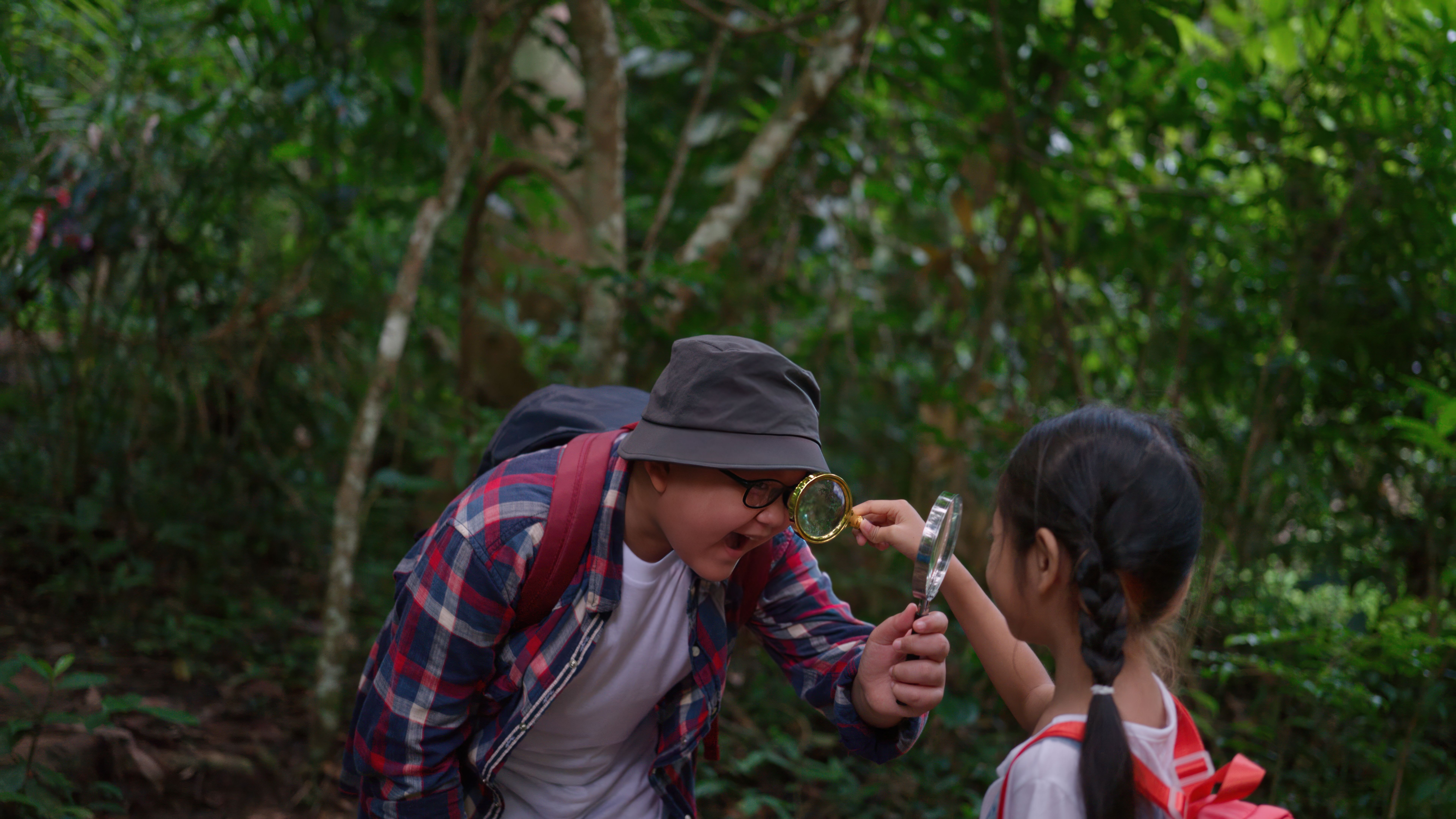Nurturing Curiosity: Key to Understanding Our Children
Understanding the Importance of Curiosity in Children
Curiosity is the driving force behind a child's desire to explore, learn, and understand the world around them. It is a natural trait that, when nurtured, can lead to a lifelong love of learning. Encouraging curiosity in children is not just about answering their endless stream of questions but about fostering an environment where they feel safe and inspired to inquire.
As parents and educators, we play a crucial role in nurturing this curiosity. By doing so, we help children develop critical thinking skills, creativity, and the ability to solve problems. These skills are essential for their future success both academically and in life.

Creating an Environment That Fosters Curiosity
To nurture curiosity, it's important to create an environment that encourages exploration and questioning. This can be done by providing diverse experiences and opportunities for children to engage with the world. Whether it's through books, educational toys, or outdoor activities, each experience should aim to spark their imagination and interest.
Open-ended play is another effective way to encourage curiosity. It allows children to use their imagination and creativity without a predetermined outcome, giving them the freedom to explore and discover on their own terms.
The Role of Questions in Learning
Questions are at the heart of curiosity-driven learning. Children naturally ask questions as they try to make sense of the world. Instead of simply providing answers, we can encourage deeper thinking by asking follow-up questions that prompt them to think critically and explore further.

For instance, if a child asks why the sky is blue, instead of just explaining the science behind it, you might ask them what they think or how they could find out more. This approach not only satisfies their immediate curiosity but also teaches them how to seek knowledge independently.
Encouraging Exploration and Discovery
Encouraging exploration is about more than just allowing children to physically wander. It's about guiding them to discover new ideas and perspectives. Taking children on nature walks, visiting museums, or even exploring different cultures through food can provide valuable learning experiences.
These activities stimulate curiosity by exposing children to new stimuli and encouraging them to ask questions and make connections between what they see and what they know. This experiential learning is invaluable in helping them understand complex concepts and ideas.

Balancing Guidance with Freedom
While it's essential to guide children in their exploration, it's equally important to give them the freedom to explore on their own. Striking a balance between supervision and independence allows children to feel confident in their ability to learn and discover.
Providing choices is one way to achieve this balance. When children have the opportunity to choose activities or subjects that interest them, they are more engaged and motivated to explore further.
The Long-Term Benefits of Nurturing Curiosity
Nurturing curiosity in children has long-term benefits that extend beyond childhood. It lays the foundation for lifelong learning, adaptability, and resilience. Curious individuals are better equipped to face challenges, adapt to change, and continue seeking knowledge throughout their lives.
Ultimately, by nurturing curiosity, we are not just helping our children succeed academically; we are empowering them to lead fulfilling and meaningful lives.